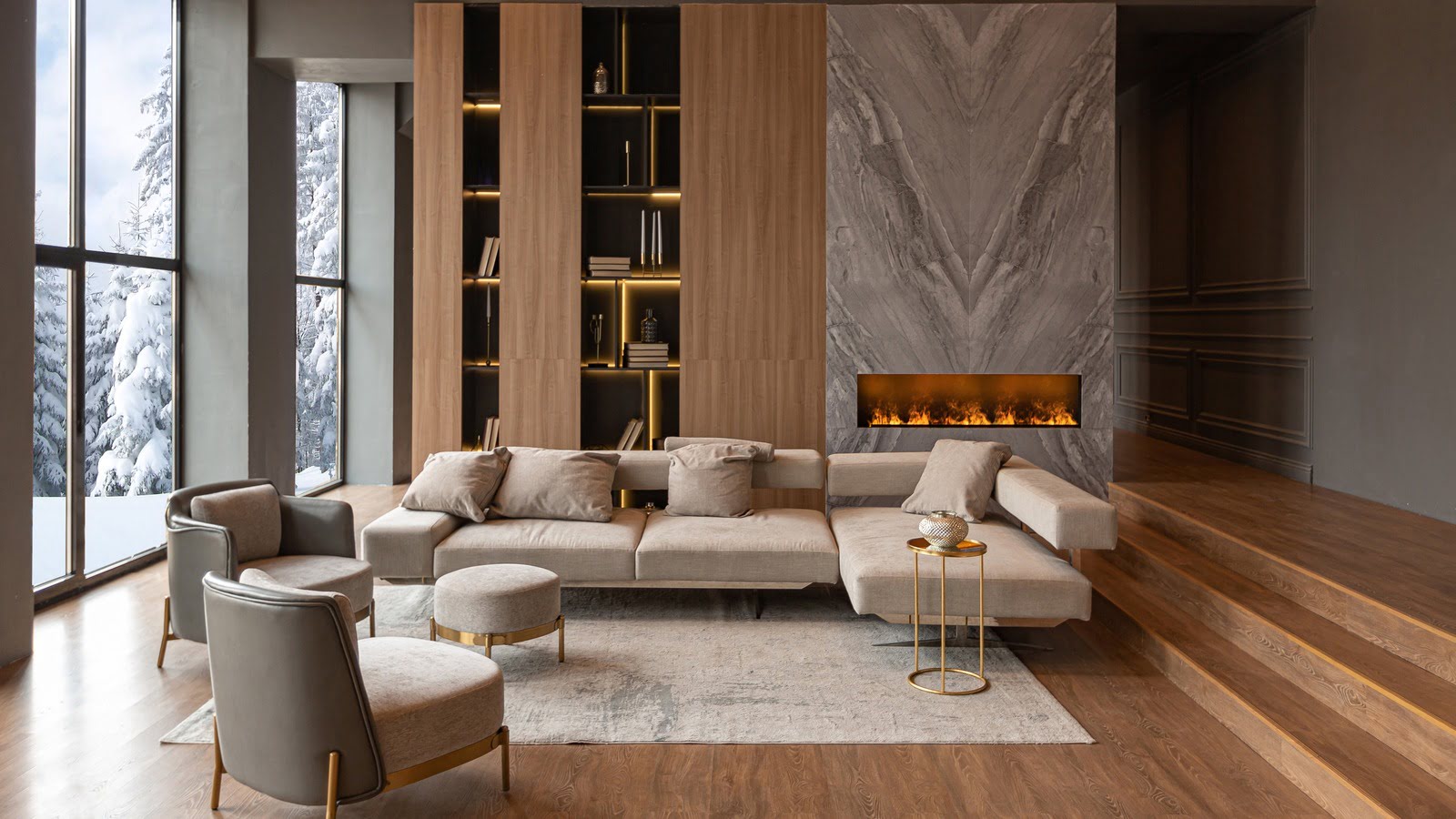

Articles
What Is Best The Flooring For Living Room
Modified: August 28, 2024
Discover the best flooring options for your living room in our informative articles. Make an informed decision to create a stylish and comfortable space.
(Many of the links in this article redirect to a specific reviewed product. Your purchase of these products through affiliate links helps to generate commission for Storables.com, at no extra cost. Learn more)
Introduction
Choosing the right flooring for your living room is a crucial decision. The living room is often the central gathering space in a home, where friends and family come together to relax, entertain, and create lasting memories. As such, the flooring should be both aesthetically pleasing and functional, able to withstand high foot traffic and daily wear and tear.
With so many options available in the market, it can be daunting to determine the best flooring for your living room. Factors such as durability, maintenance, cost, and personal style preferences all come into play. In this article, we will explore some of the most popular flooring choices and discuss their pros and cons, allowing you to make an informed decision.
Key Takeaways:
- Choose the best flooring for your living room by balancing durability, maintenance, style, and budget. Consider hardwood for timeless elegance, laminate for affordability, vinyl for versatility, tile for durability, and carpet for comfort.
- Prioritize comfort, warmth, and durability when selecting living room flooring. Hardwood, laminate, vinyl, tile, and carpet each offer unique benefits and considerations, so weigh your options carefully to create a beautiful and inviting space.
Factors to Consider
Before delving into the different flooring options, it’s important to consider a few key factors that will influence your decision-making process.
- Durability: The living room is a high-traffic area, so choosing a durable flooring material is essential to withstand the wear and tear of daily use.
- Maintenance: Consider the time and effort you are willing to invest in maintaining your flooring choice. Some materials require more frequent cleaning and upkeep than others.
- Cost: Your budget will play a significant role in your flooring decision. It’s important to find a balance between quality and affordability.
- Style: Your living room flooring should complement the overall aesthetic of your home and reflect your personal style preferences.
By keeping these factors in mind, you’ll be able to narrow down your options and find the flooring that best suits your needs and preferences. Let’s now explore some of the most popular flooring choices for living rooms.
Key Takeaways:
- Choose the best flooring for your living room by balancing durability, maintenance, style, and budget. Consider hardwood for timeless elegance, laminate for affordability, vinyl for versatility, tile for durability, and carpet for comfort.
- Prioritize comfort, warmth, and durability when selecting living room flooring. Hardwood, laminate, vinyl, tile, and carpet each offer unique benefits and considerations, so weigh your options carefully to create a beautiful and inviting space.
Factors to Consider
Choosing the right flooring for your living room is not a decision that should be taken lightly. There are several key factors that you should consider before making your final choice. By carefully evaluating these factors, you can ensure that your living room flooring meets your needs and preferences.
- Durability: The durability of the flooring material is an important consideration, especially for high-traffic areas like the living room. You want a flooring option that can withstand the daily wear and tear, including foot traffic, furniture movement, and potential spills. Hardwood and laminate flooring are known for their durability, while carpeting may require more maintenance over time.
- Maintenance: Consider the level of maintenance that you are willing to dedicate to your living room flooring. Some flooring materials require more frequent cleaning and upkeep, while others are more low-maintenance. For instance, hardwood and laminate flooring are generally easy to clean, while carpeting may require regular vacuuming and professional cleaning.
- Style: Your living room flooring should harmonize with the overall style and aesthetic of your home. Consider the existing decor, color palette, and furniture pieces in your living room. Some flooring options, such as hardwood, provide a timeless and elegant look, while others, like tile or vinyl, offer a wide range of design possibilities.
- Comfort: The comfort level of the flooring is another crucial factor to consider. Do you prefer a softer surface underfoot, or do you prefer the firmness of hard flooring? Carpeting is known for its plush and cozy feel, while hardwood or tile flooring may offer a more firm and cool surface.
- Budget: Setting a budget is essential when choosing your living room flooring. Different materials come at different price points, so it’s important to find a balance between quality and affordability. Remember to factor in the cost of installation, padding (if applicable), and any additional materials or accessories needed.
- Eco-Friendliness: If sustainability is important to you, consider choosing flooring materials that are environmentally friendly. Look for options that are made from renewable or recycled materials, or those that have low emissions and are certified as eco-friendly.
By considering these factors and weighing your priorities, you can make an informed decision when selecting the best flooring for your living room. Let’s now explore some popular flooring options and discuss their pros and cons.
Hardwood Flooring
Hardwood flooring is a classic and timeless choice for living rooms. It brings a natural, warm, and inviting ambiance to any space. Here are some key characteristics of hardwood flooring:
- Durability: Hardwood floors are known for their durability and longevity. With proper care and maintenance, they can last for decades, making them a solid investment for your living room.
- Aesthetic Appeal: Hardwood floors exude elegance, sophistication, and natural beauty. They come in a wide range of grain patterns, colors, and finishes, allowing you to choose the perfect style to match your home decor.
- Maintenance: Hardwood floors are relatively easy to clean and maintain. Regular sweeping or vacuuming and occasional mopping with a hardwood floor cleaner are usually sufficient. However, caution should be exercised to prevent scratching or denting the surface.
- Comfort: Hardwood floors provide a firm and stable surface, which may feel more comfortable to some people. However, they lack the plushness and cushioning of carpeting.
- Cost: Hardwood flooring is generally more expensive compared to other options. The cost can vary depending on the type of wood, grade, and finish you choose. It’s important to consider your budget when opting for hardwood floors.
- Installation: Hardwood flooring installation is best left to professionals to ensure a proper and seamless installation. It typically involves nailing or stapling the floorboards to a subfloor or using a floating installation method.
While hardwood floors offer many advantages, there are a few considerations to keep in mind. They are susceptible to dents, scratches, and moisture damage, so they may not be the best choice in areas prone to high humidity or potential spills. However, hardwood floors can be sanded and refinished multiple times, allowing you to restore their original beauty.
If you appreciate the natural beauty and durability of hardwood floors and are willing to invest in their maintenance and upkeep, they can be an excellent choice for your living room flooring.
Laminate Flooring
Laminate flooring is a popular and cost-effective alternative to hardwood floors. It offers a similar look to hardwood but with added durability and easier maintenance. Here are some key characteristics of laminate flooring:
- Durability: Laminate floors are highly durable and resistant to scratches, dents, and stains. They are designed to withstand heavy foot traffic, making them well-suited for living rooms.
- Affordability: Laminate flooring is generally more budget-friendly compared to hardwood or other flooring materials. It provides a cost-effective option for homeowners who want the look of hardwood without the hefty price tag.
- Variety of Designs: Laminate floors come in a wide range of designs, including options that mimic the look of hardwood, tile, or stone. This allows you to achieve the desired aesthetic for your living room at a fraction of the cost.
- Easy Maintenance: One of the major advantages of laminate flooring is its low-maintenance nature. Regular sweeping or vacuuming, along with occasional damp mopping, is typically all that is needed to keep the floors clean. They also resist staining, making spills easier to clean up.
- Installation: Laminate flooring is designed with a click-lock system that allows for easy installation. The planks interlock and can be floated over an underlayment, eliminating the need for glue or nails. This makes it a popular choice for DIY enthusiasts.
While laminate flooring offers many benefits, there are a few considerations to keep in mind. Unlike hardwood, laminate cannot be sanded or refinished, so any major damage may require replacing the affected boards. Additionally, laminate floors can be sensitive to moisture, so they are not recommended for areas prone to excessive humidity or potential water spills.
If you’re looking for an affordable, durable, and low-maintenance flooring option that offers the look of hardwood, laminate flooring can be a great choice for your living room.
Consider using hardwood or engineered wood flooring for the living room as they are durable, easy to clean, and add a warm, inviting feel to the space. Area rugs can be added for extra comfort and style.
Read more: Which Tile Is Best For Living Room Floor
Vinyl Flooring
Vinyl flooring is a versatile and resilient option that has gained popularity in recent years. It offers a wide range of styles and designs, making it suitable for various living room aesthetics. Here are some key characteristics of vinyl flooring:
- Durability: Vinyl flooring is known for its exceptional durability and resistance to scratches, dents, and stains. It can withstand high foot traffic and is highly resilient, making it perfect for busy households and living rooms.
- Waterproof: One of the standout features of vinyl flooring is its waterproof properties. It is highly resistant to water damage, making it ideal for areas prone to spills or moisture, such as living rooms with young children or pets.
- Wide Range of Designs: Vinyl flooring comes in a plethora of designs, from natural wood looks to stone and tile patterns. It allows you to achieve the desired aesthetic for your living room without the maintenance and cost associated with natural materials.
- Comfort: Vinyl flooring offers a soft and comfortable underfoot feel, thanks to its cushioned layers. This feature can add warmth and comfort to your living space, making it a cozy option.
- Easy Maintenance: Vinyl floors are incredibly easy to clean and maintain. Regular sweeping or vacuuming, along with occasional damp mopping, is usually sufficient to keep the floors looking their best. They are also resistant to staining, making them a practical choice for living rooms.
- Installation: Vinyl flooring can often be installed as a floating floor, which involves interlocking the planks or tiles without the need for adhesive. This makes it a suitable option for DIY enthusiasts.
Despite its many advantages, vinyl flooring may have a shorter lifespan compared to materials like hardwood or tile. It can also be susceptible to indentations from heavy furniture or sharp objects. However, with proper care and maintenance, vinyl flooring can provide long-lasting beauty and functionality to your living room.
If you’re looking for a versatile, waterproof, and low-maintenance flooring option that offers a wide range of design possibilities, vinyl flooring may be the perfect choice for your living room.
Tile Flooring
Tile flooring is a popular choice for living rooms due to its durability, versatility, and elegant look. It offers a wide range of options in terms of materials, colors, and patterns, allowing you to create a unique and stylish space. Here are some key characteristics of tile flooring:
- Durability: Tile floors are renowned for their exceptional durability. They can withstand heavy foot traffic, moisture, and everyday wear and tear, making them an excellent choice for high-traffic areas like the living room.
- Aesthetic Appeal: Tile floors come in a variety of materials, including ceramic, porcelain, and natural stone, each with its own unique look and feel. They offer endless design possibilities, from traditional and rustic to modern and contemporary styles.
- Water Resistance: One of the primary advantages of tile flooring is its water resistance, especially when using ceramic or porcelain tiles. This makes tile a suitable option for areas prone to spills or high humidity.
- Low Maintenance: Tile floors are easy to clean and maintain. Regular sweeping or vacuuming, along with occasional mopping with a mild cleaning solution, is usually sufficient to keep the tiles looking their best. They are also resistant to stains and allergens, making them a hygienic choice for living rooms.
- Heat Resistance: Tile flooring is an excellent choice if you have a fireplace or radiant heating system in your living room. Tiles have excellent heat resistance properties, making them an ideal choice around areas with high heat.
- Installation: Tile flooring installation typically requires professional expertise. The tiles need to be properly cut, laid, and grouted. It’s important to ensure the surface is level and prepped correctly before installation.
While tile flooring offers numerous benefits, there are a few factors to consider. Tile can feel cold underfoot, especially in colder climates, so area rugs or underfloor heating can help to alleviate this issue. Additionally, tile floors may be more prone to cracking or chipping if heavy objects are dropped on them, so caution should be exercised to prevent damage.
If you’re looking for a durable, versatile, and visually appealing flooring option for your living room, tile flooring is an excellent choice. With its wide range of styles and materials, you can create a stunning and long-lasting space.
Carpet Flooring
Carpet flooring provides warmth, comfort, and a cozy atmosphere to living rooms. It is a popular choice for those seeking a soft and luxurious underfoot feel. Here are some key characteristics of carpet flooring:
- Comfort: Carpet is known for its plush and cushioned surface, making it a comfortable option for living rooms. It provides a cozy and inviting atmosphere, particularly in colder climates.
- Sound Absorption: Carpet flooring has excellent sound absorption properties, reducing noise levels and creating a quieter living environment. It helps to minimize echoing and footsteps, making it an ideal choice for households with children or residents living in multi-story buildings.
- Insulation: Carpet acts as a natural insulator, providing thermal insulation and helping to retain heat in the room. This can contribute to energy savings and a more comfortable living space.
- Design Options: Carpet comes in a wide range of colors, patterns, and textures, allowing you to customize the look and feel of your living room according to your personal style and preferences. It offers versatility and can easily match any interior decor.
- Safety: Carpet provides a slip-resistant surface, reducing the risk of accidents and falls, especially for young children or elderly individuals. It also provides a cushioning effect in case of accidental falls.
- Cost: Carpet flooring can be a more affordable option compared to other flooring materials, depending on the type of carpet chosen. However, it’s important to consider the longevity and maintenance costs when calculating the overall cost.
While carpet flooring has its advantages, there are a few considerations to keep in mind. Carpet requires regular vacuuming to maintain cleanliness, and periodic professional cleaning may be necessary to remove deep-seated dirt and stains. It is also more prone to showing wear and tear over time compared to other flooring options.
Overall, if you prioritize comfort, warmth, and a cozy ambiance in your living room, carpet flooring can be an excellent choice. With its numerous design options, it allows you to create a relaxing and inviting space for family and friends.
Conclusion
Choosing the best flooring for your living room requires careful consideration of factors such as durability, maintenance, style, comfort, and budget. By evaluating these factors and weighing your priorities, you can make an informed decision that suits your individual needs and preferences.
Hardwood flooring offers a timeless and elegant look, with exceptional durability and aesthetics. Laminate flooring provides a cost-effective alternative that mimics the appearance of hardwood at a more affordable price point. Vinyl flooring offers versatility, durability, and waterproof properties, making it ideal for high-traffic areas or homes with children or pets. Tile flooring provides a wide range of design options and excellent durability, while carpet flooring offers unmatched comfort and insulation.
Each flooring option has its own advantages and considerations. Hardwood and laminate flooring require proper maintenance to prevent scratches and moisture damage. Vinyl and tile flooring are highly durable and easy to clean, but may be prone to cracking or feeling cold. Carpet flooring provides comfort and warmth, but requires regular upkeep to maintain its appearance.
In the end, your choice of flooring depends on your personal style, lifestyle, and budget. Consider the overall aesthetic of your home, the level of maintenance you are willing to invest, and the specific needs of your living room. It is important to strike a balance between durability, functionality, and visual appeal.
Remember, flooring is a long-term investment that can significantly impact the look and feel of your living space. Take the time to research and explore different options, consult with flooring professionals if needed, and weigh the pros and cons of each choice. With careful consideration, you can select the best flooring for your living room that combines both style and practicality, creating a beautiful and inviting space for you and your loved ones to enjoy for years to come.
Frequently Asked Questions about What Is Best The Flooring For Living Room
Was this page helpful?
At Storables.com, we guarantee accurate and reliable information. Our content, validated by Expert Board Contributors, is crafted following stringent Editorial Policies. We're committed to providing you with well-researched, expert-backed insights for all your informational needs.

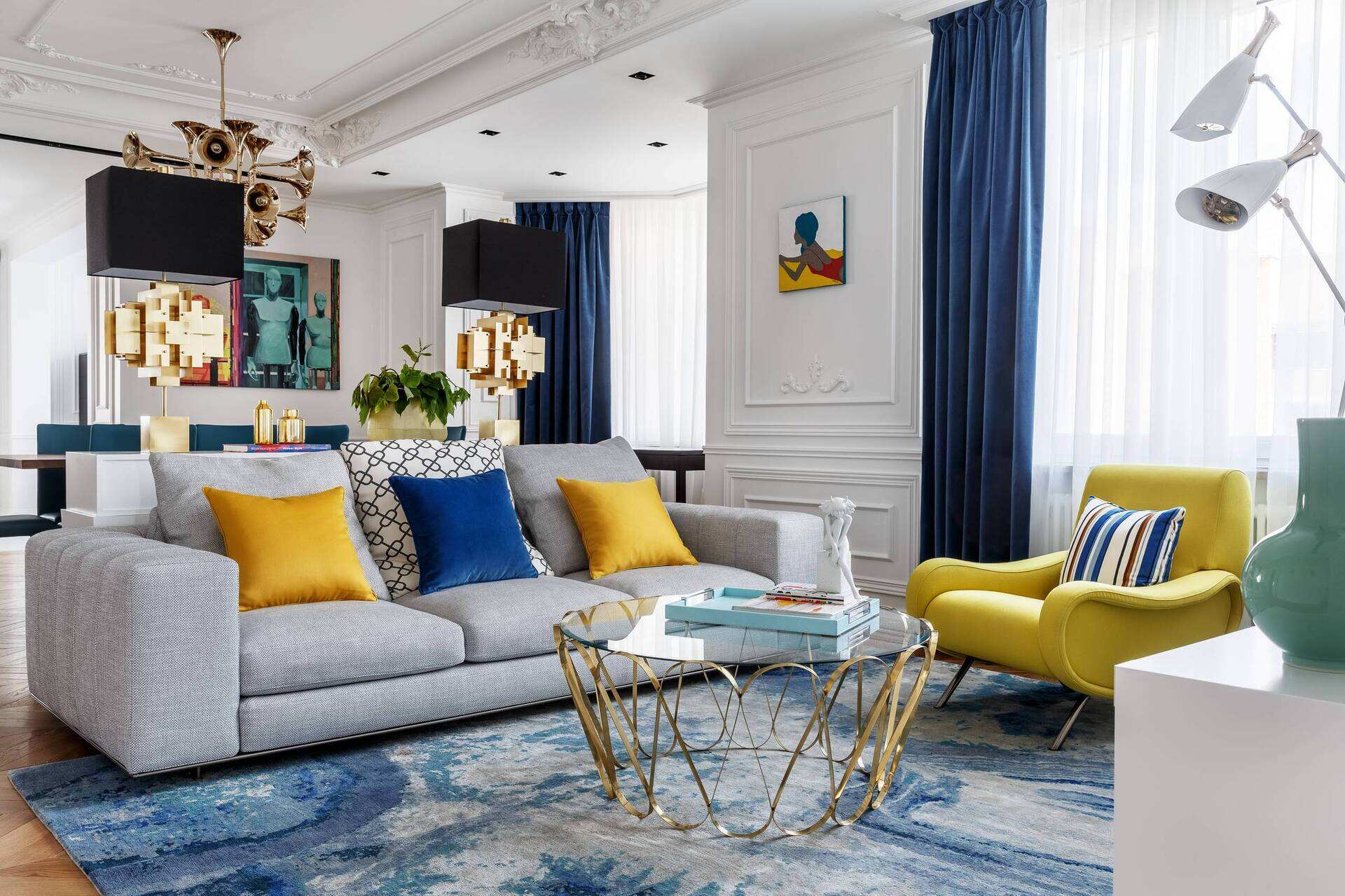
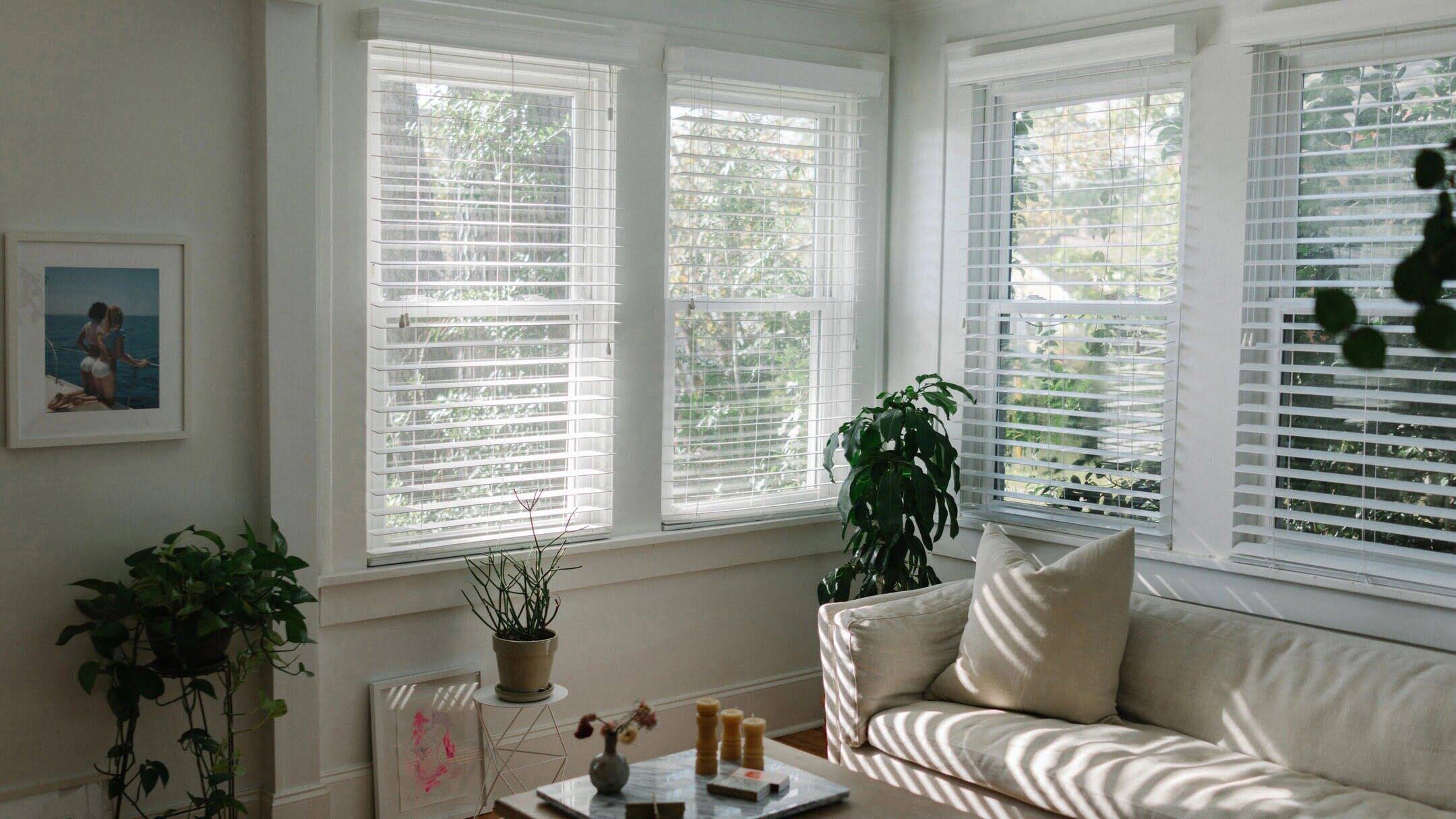
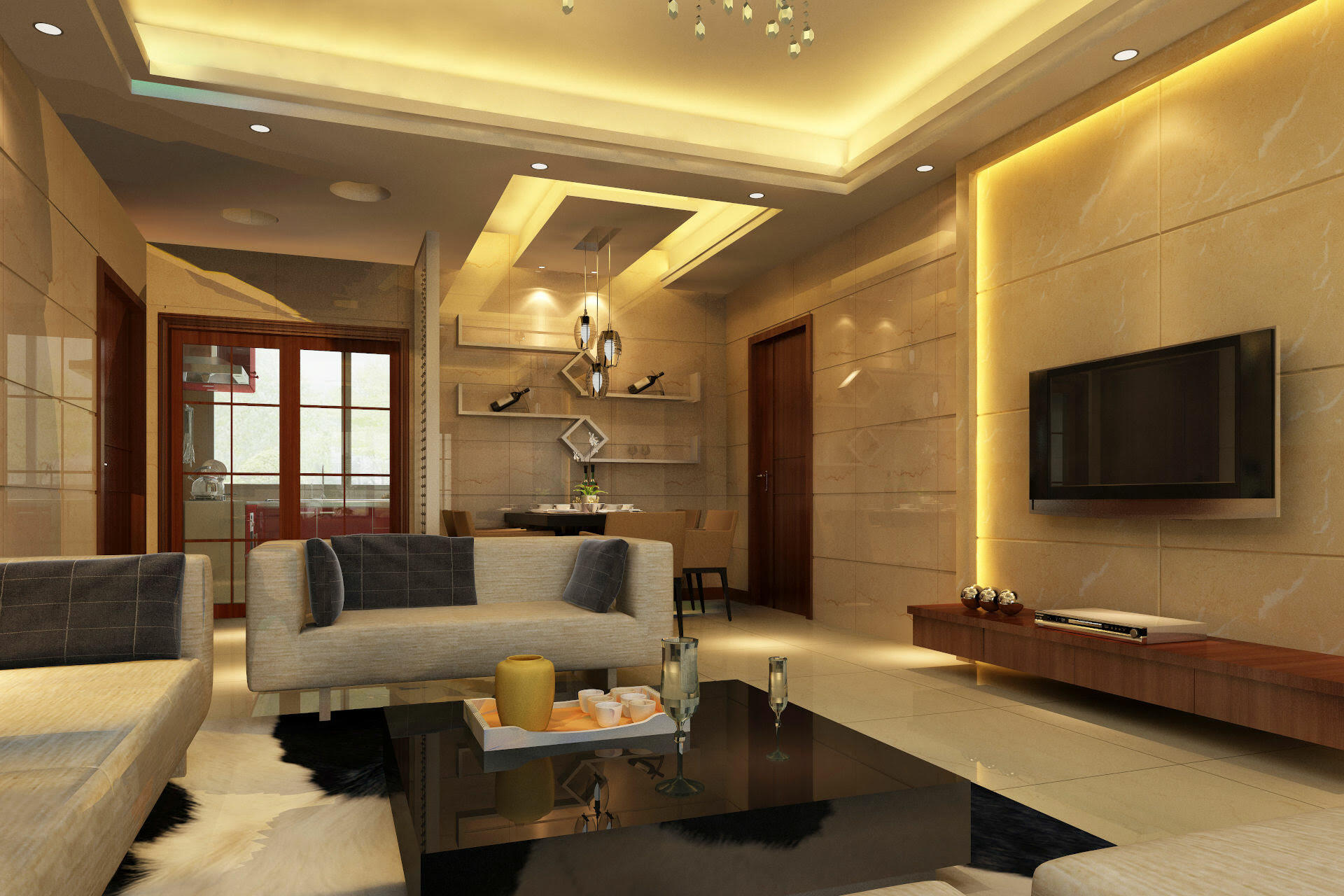
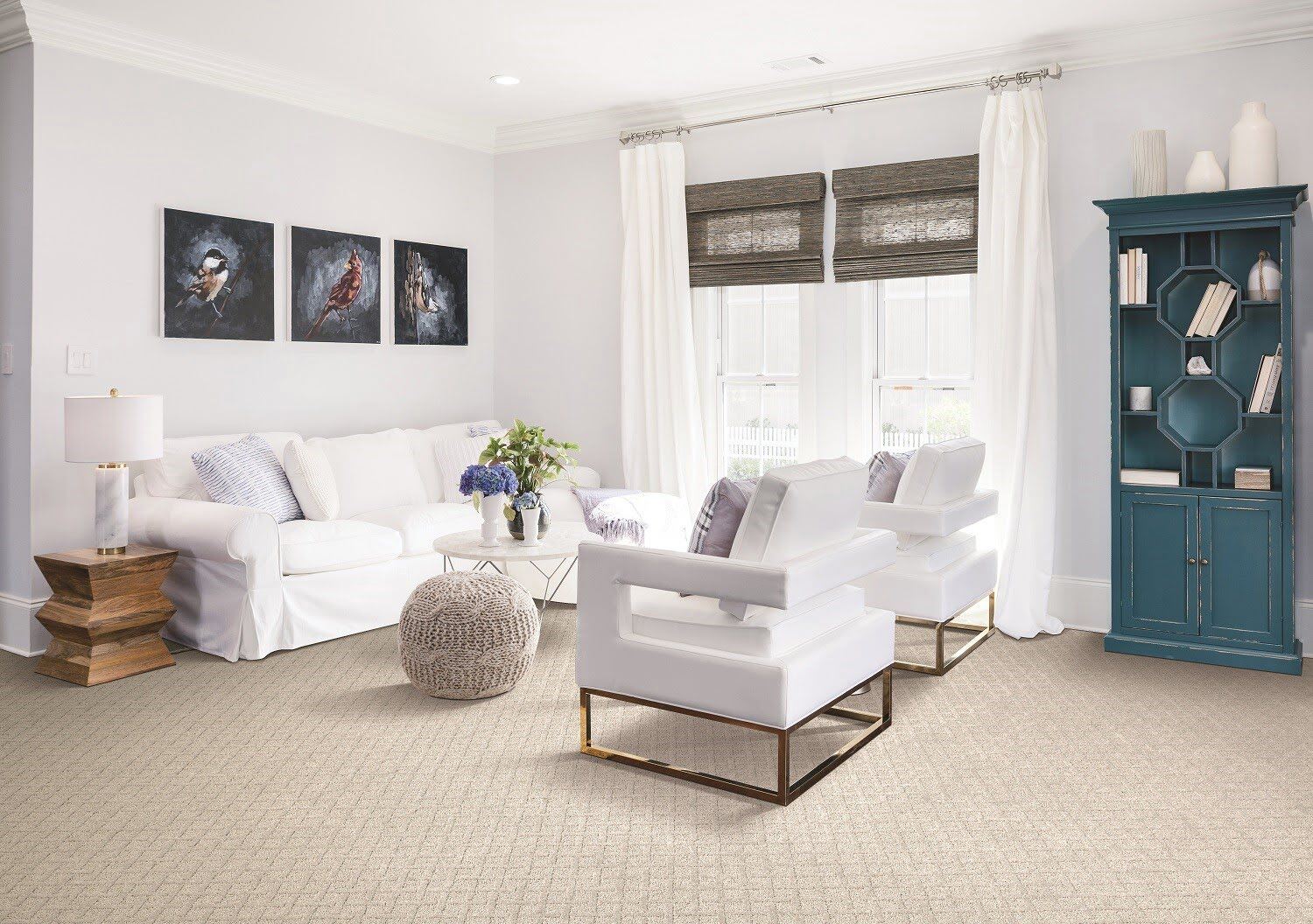
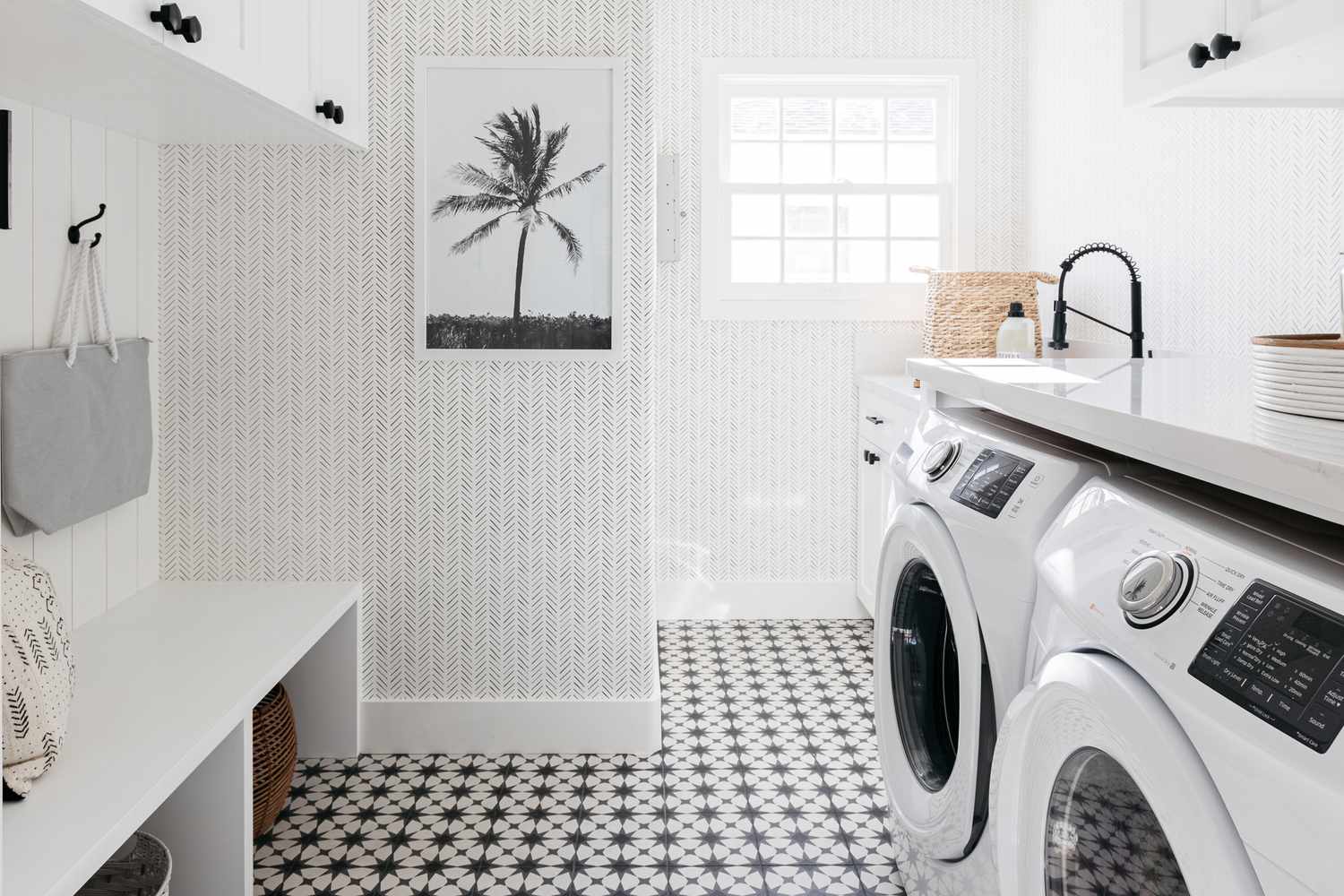
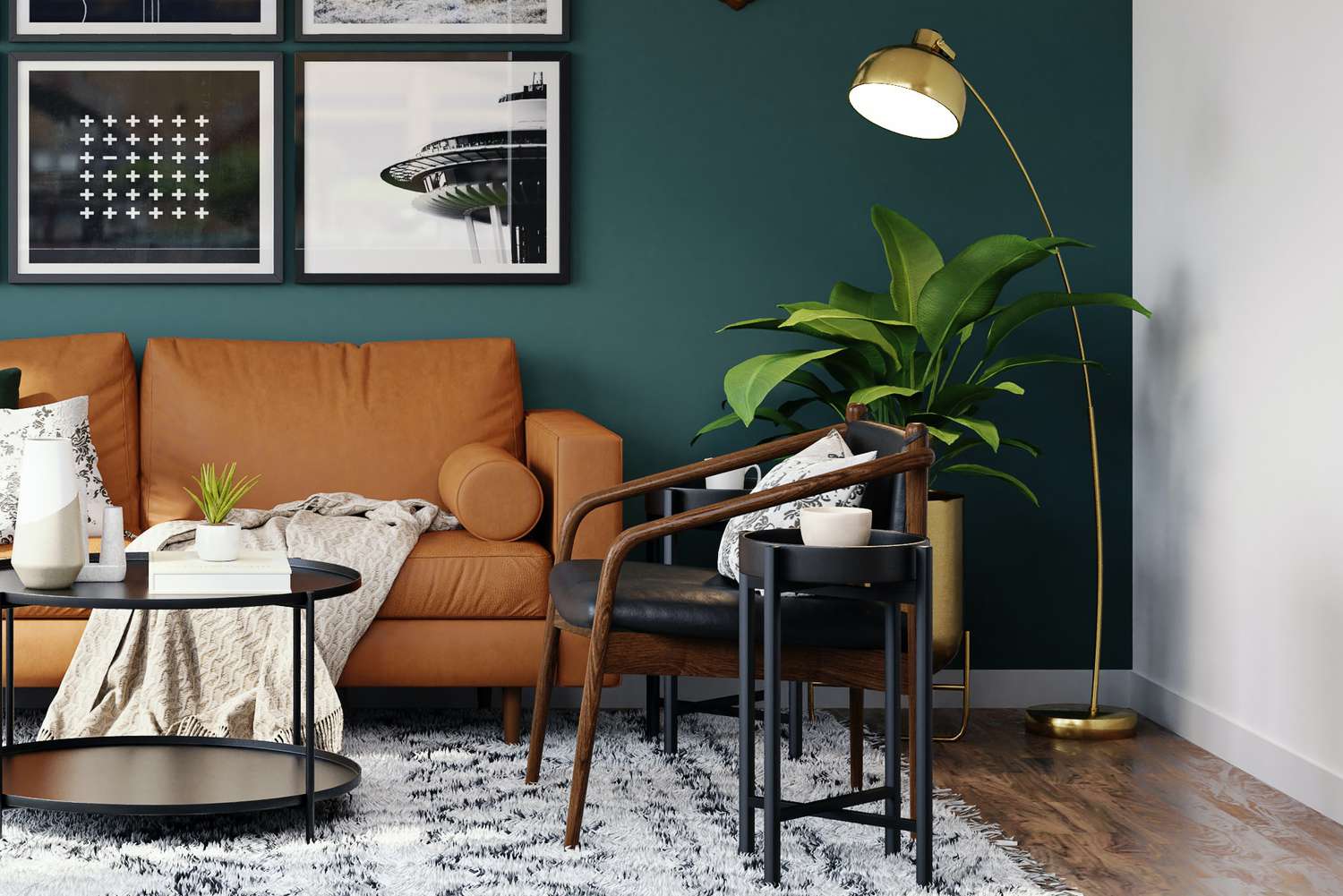
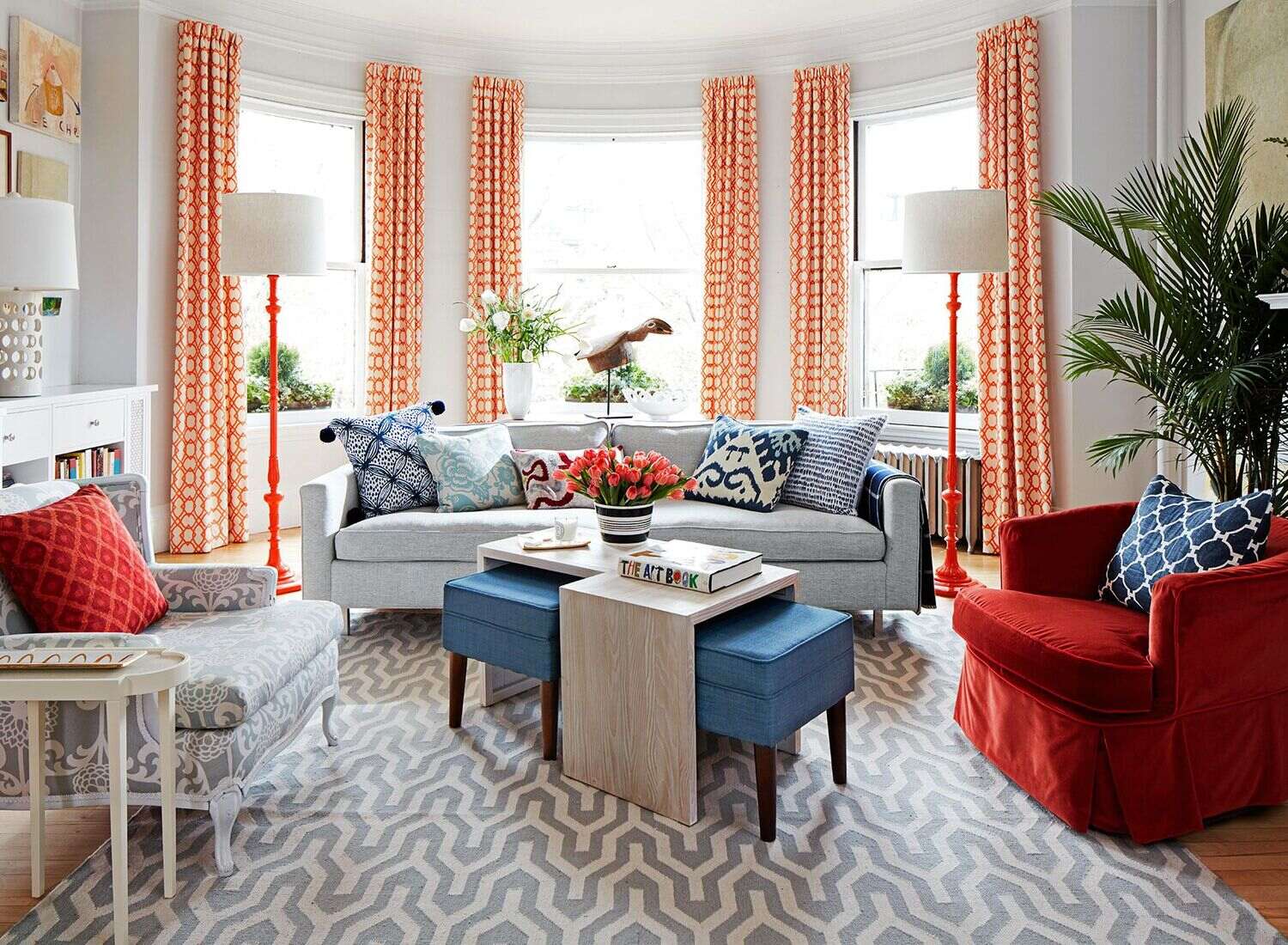
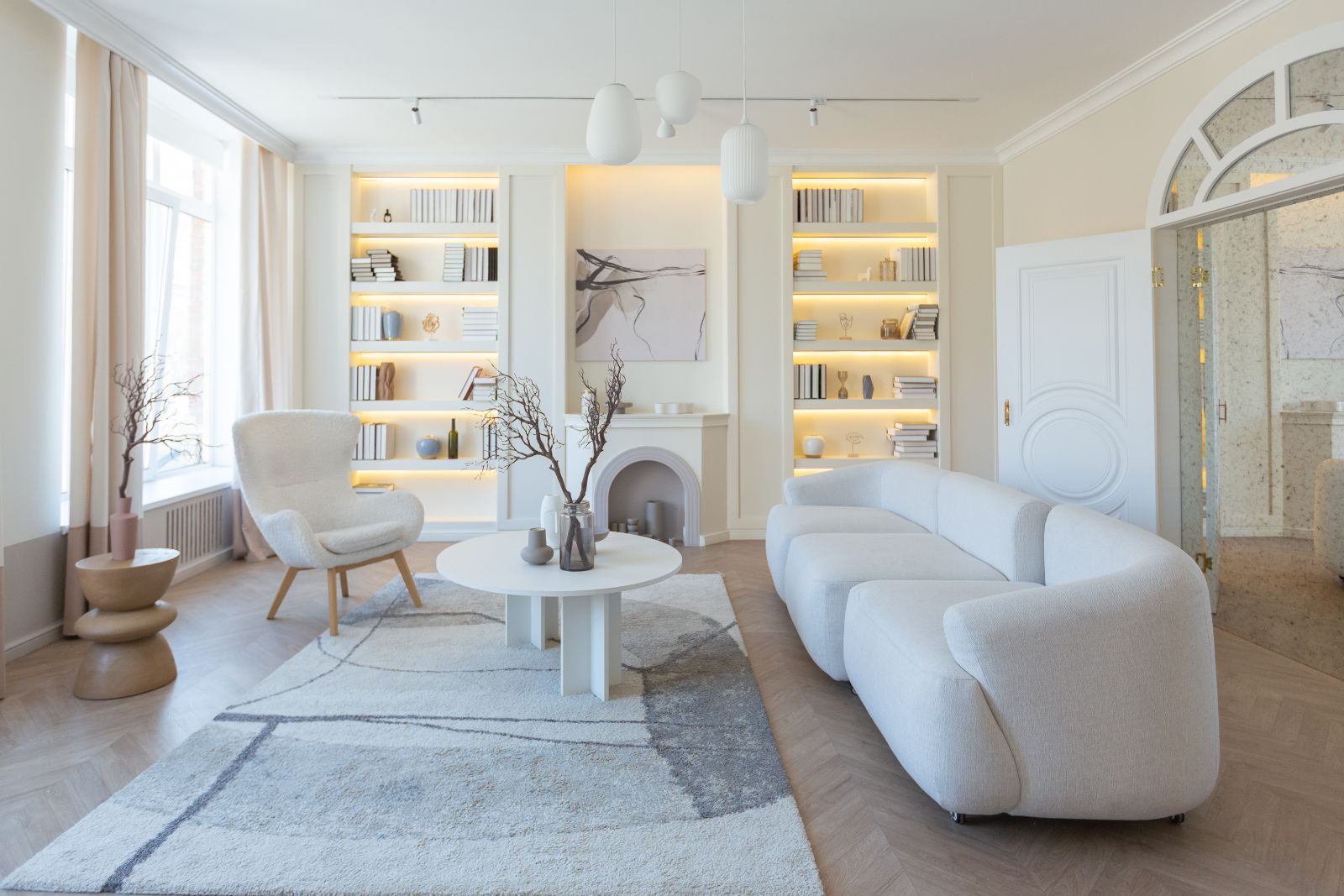
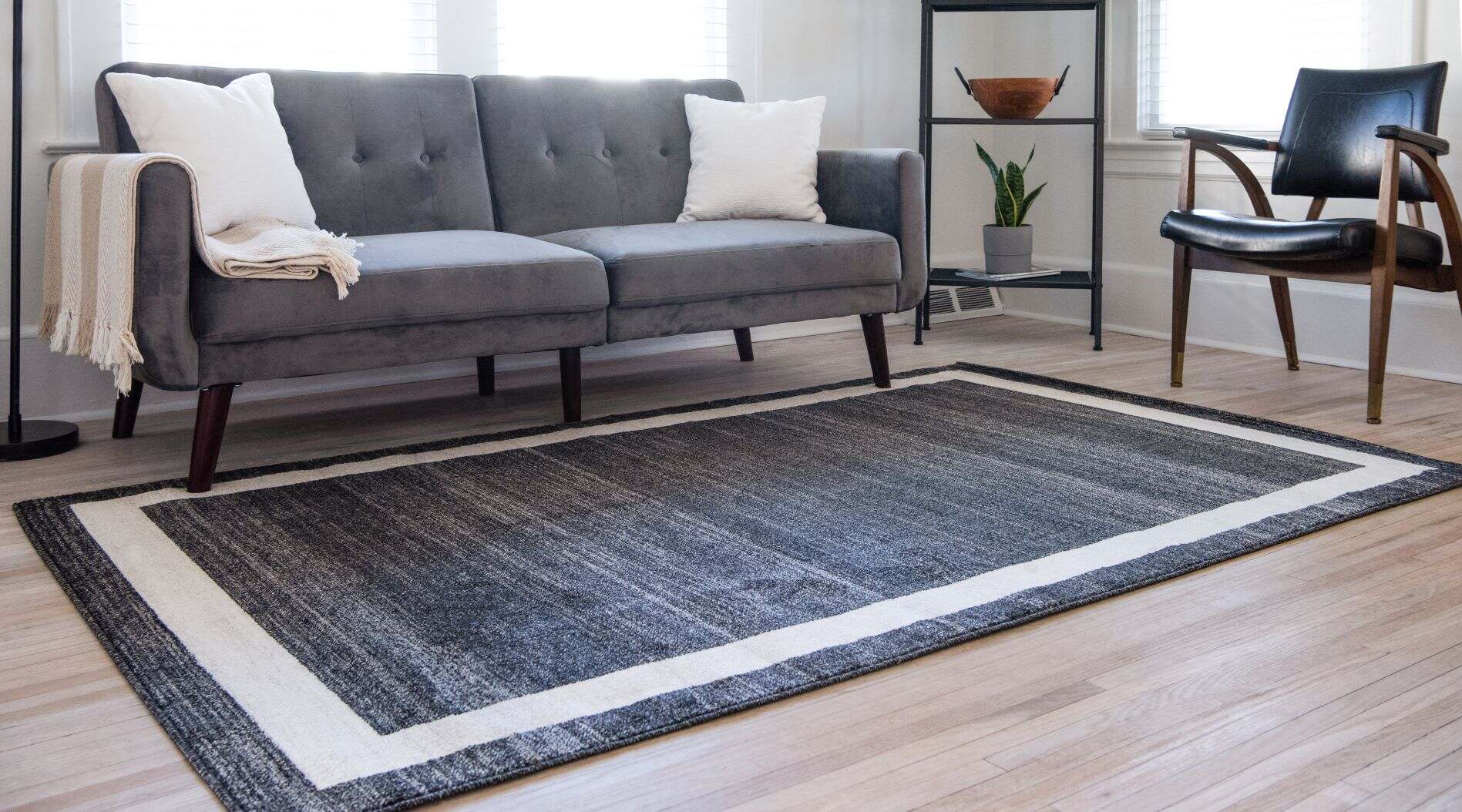
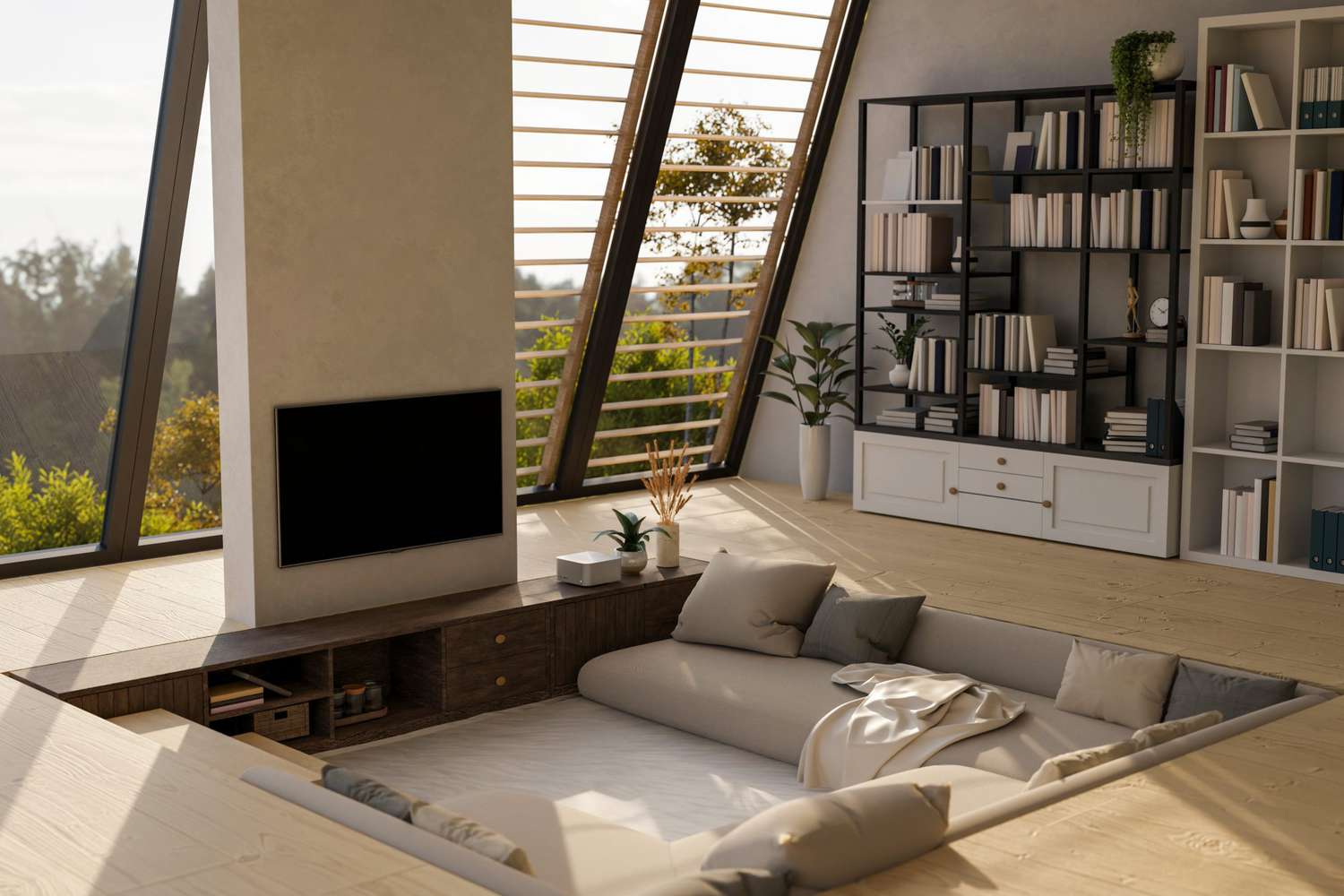
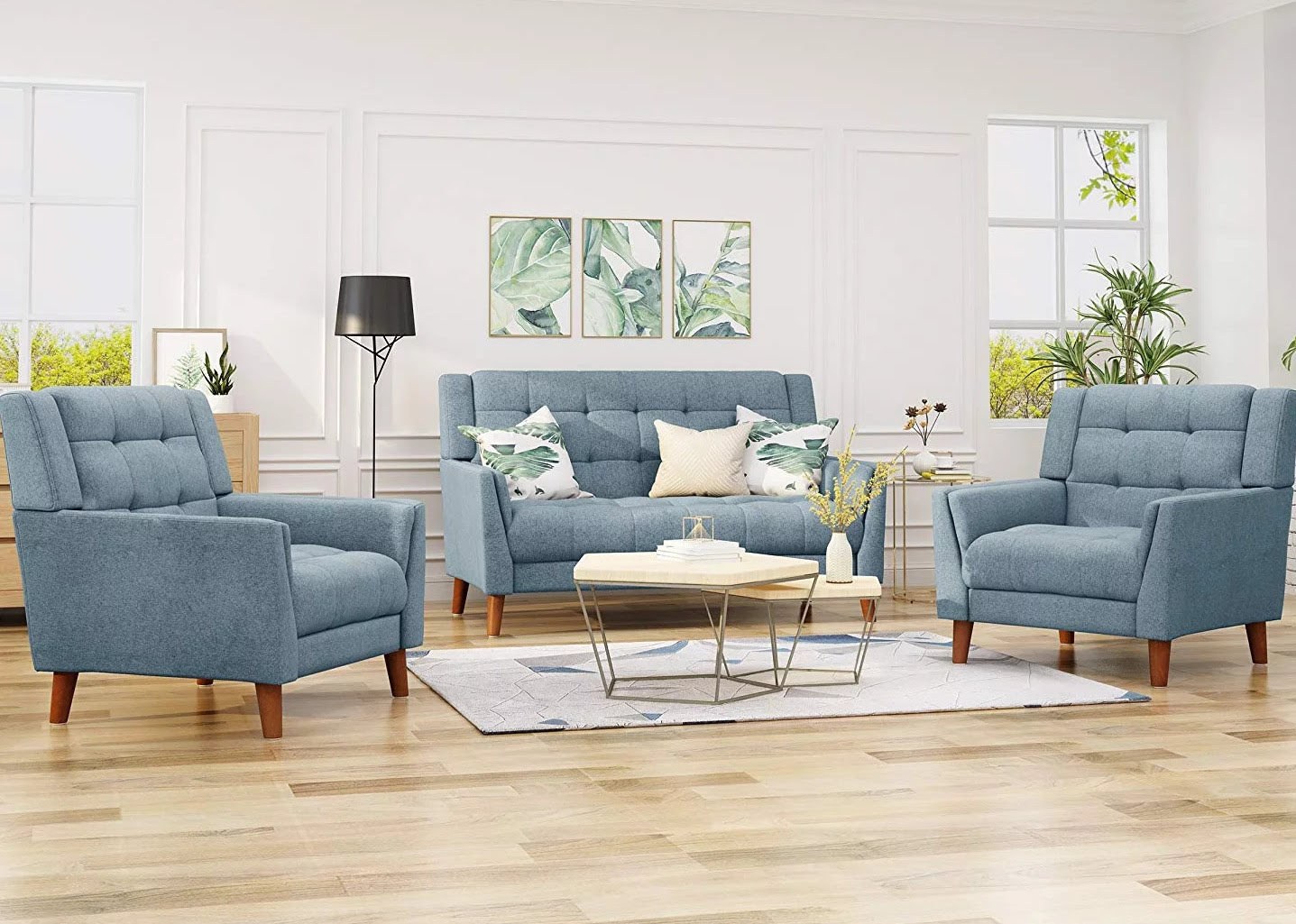
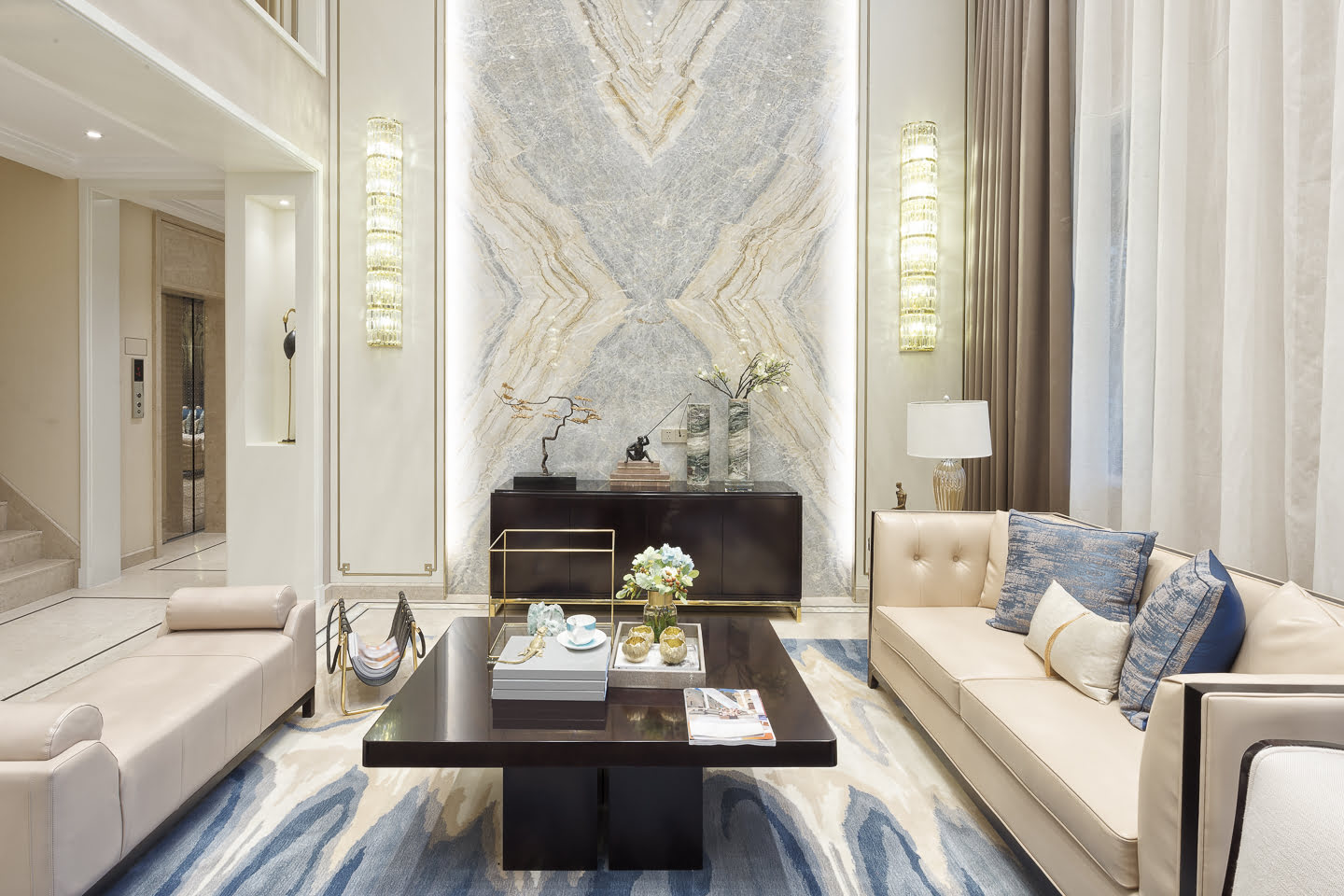
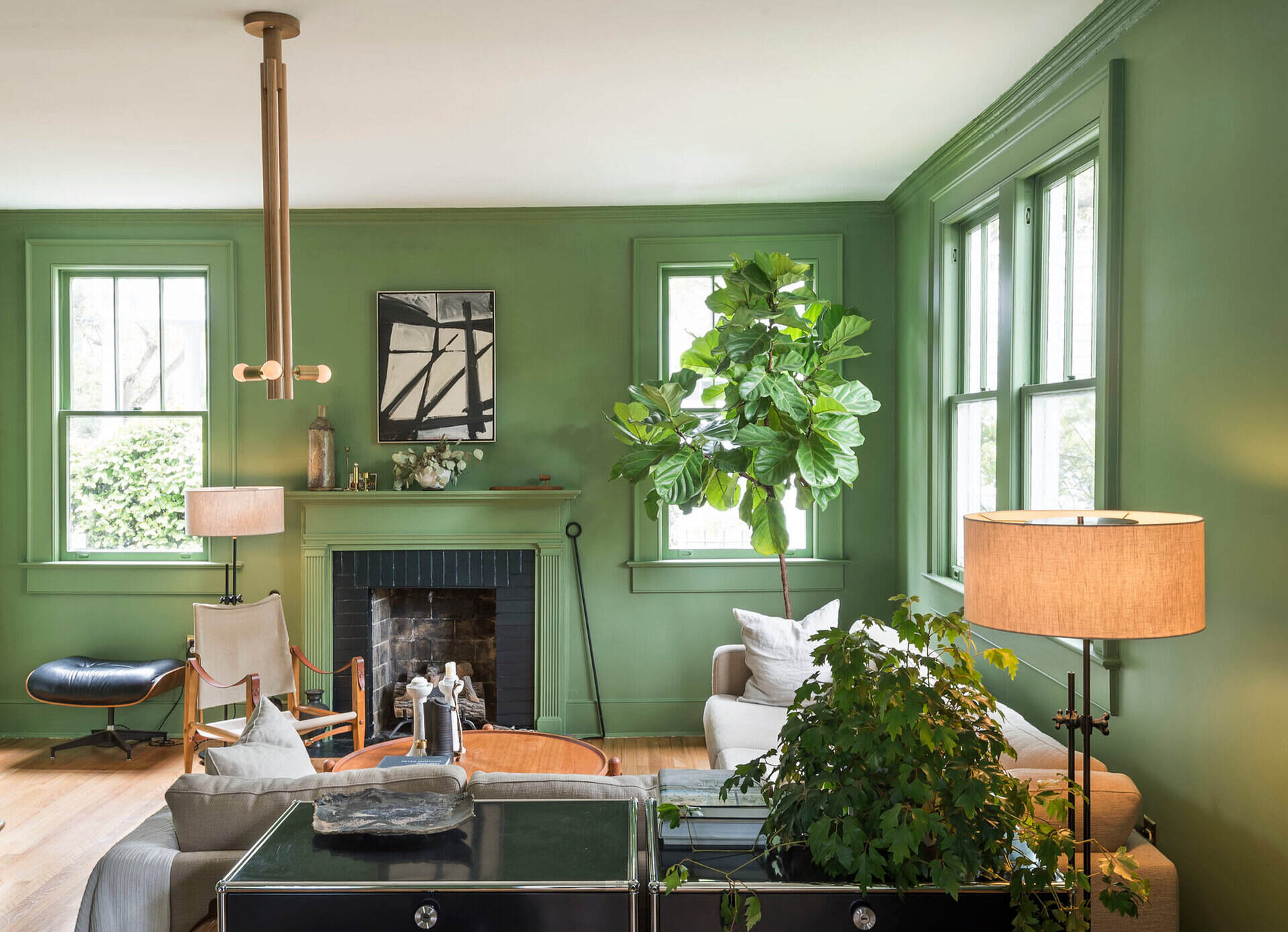

0 thoughts on “What Is Best The Flooring For Living Room”